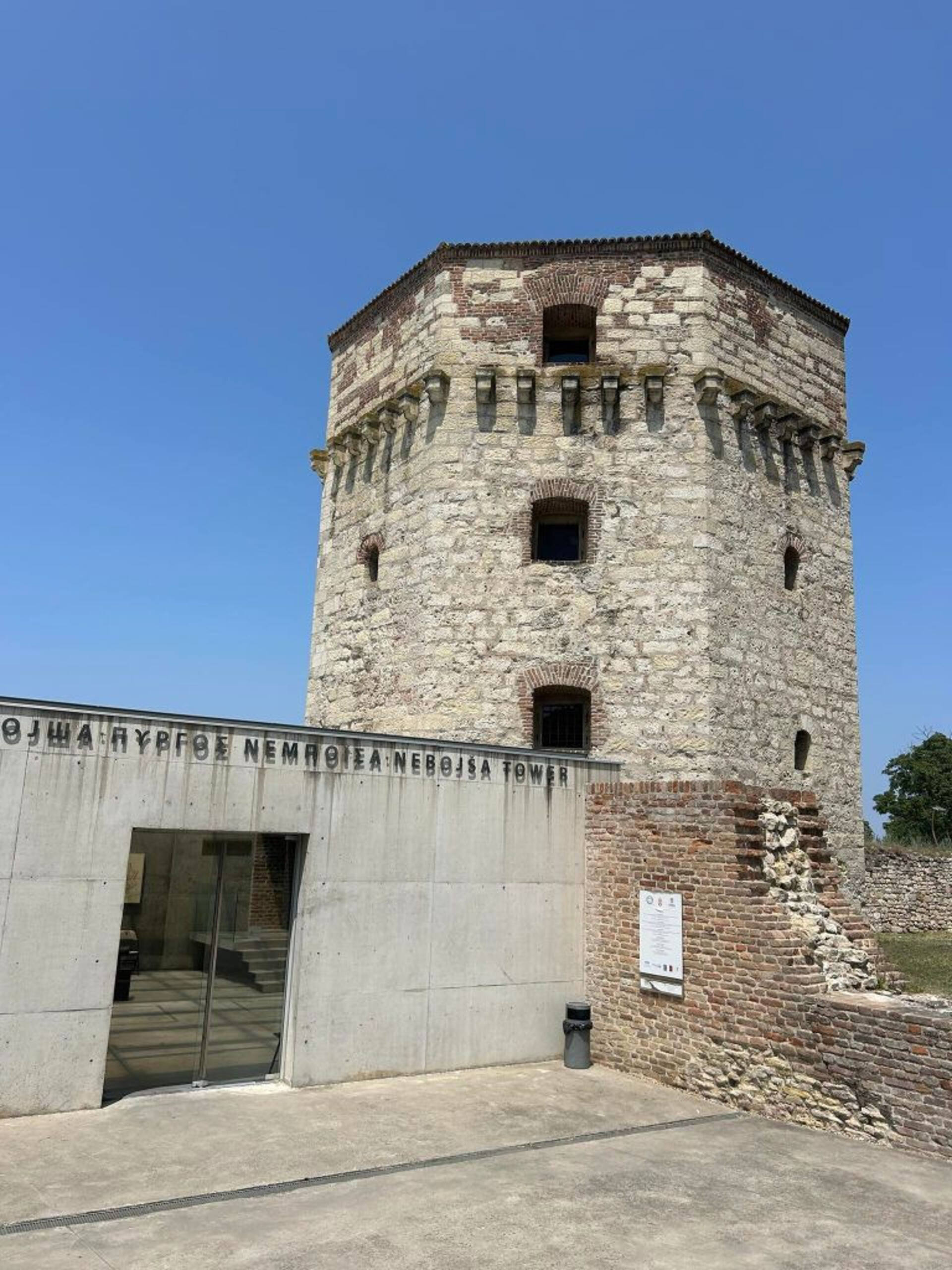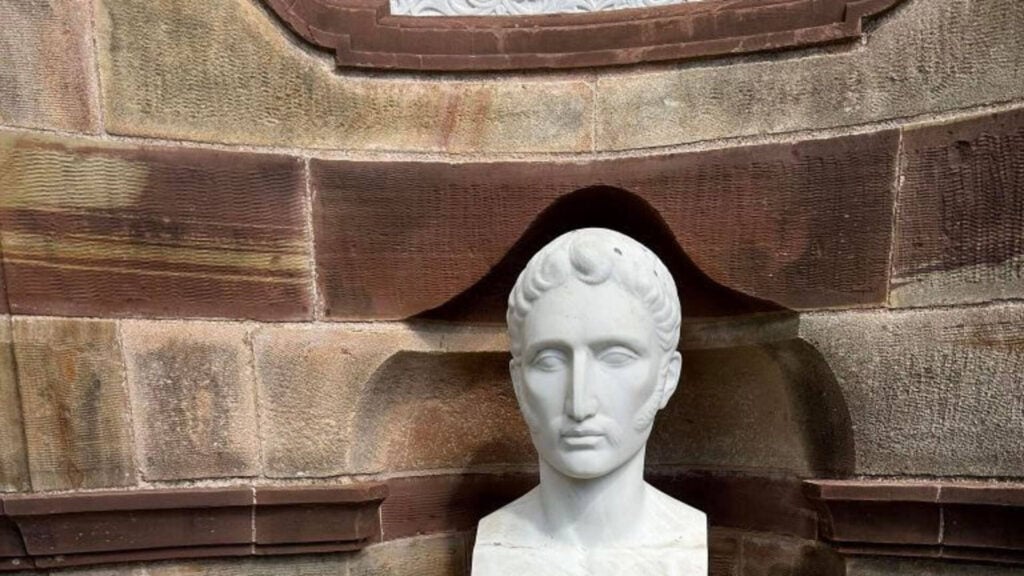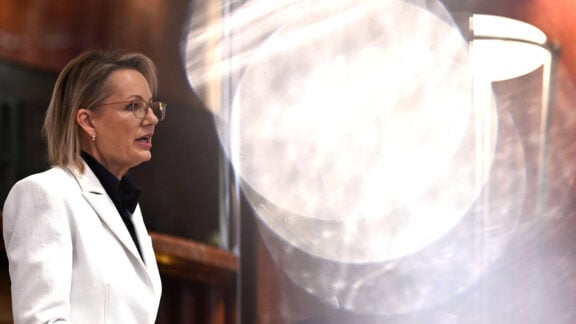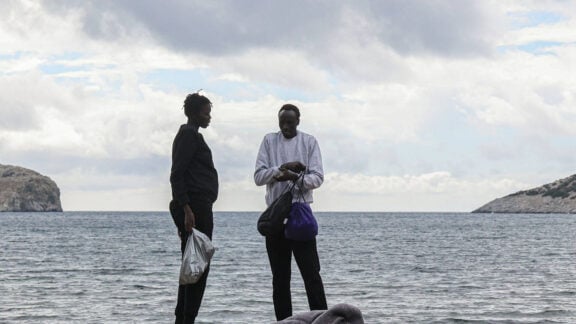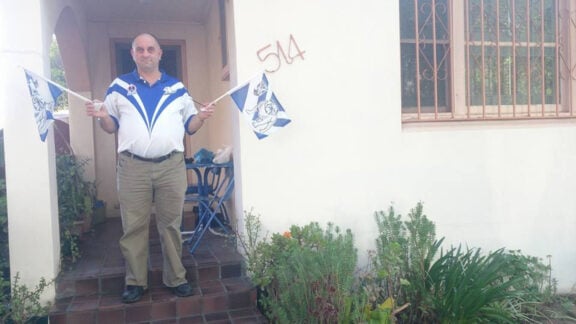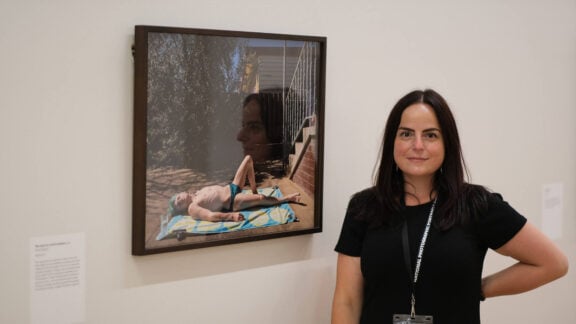The most cursory experience with Greek School in the Diaspora, or the Greek educational system, undoubtedly references the work, literary contributions, and martyrdom of Rhigas Pheraios. Two decades before the beginning of the Greek War of Independence, Rhigas’s attempt at fomenting a Pan-Balkan Revolution during the Napoleonic Wars met a martyr’s end.
The Chiot legacy of commerce and patriotism
Rhigas was not alone in his efforts, nor in his martyrdom. Seven other Greeks would be strangled by the Turks for their revolutionary attempts. They came from Epirus, Thessaly, Macedonia, Cyprus, and Chios. The two Chiots, Efstratios Argenti and Antonios Koronios, were part of that Chiot merchant class that by the end of the seventeenth century spanned the Mediterranean and Black Sea basins, with a strong presence in the Russian and Austrian Empires.
Less is known about Koronios, born in 1770 in Chios, from a smaller merchant family who worked in Trieste, but Argenti was a scion of one of Chios’ oldest and wealthiest families. The Argenti family, with roots in Genoa, intermarried and assimilated into the Byzantine nobility of Chios, fusing their passion for commerce and learning with a quest for Greek national agency. An ancestor, St. Andreas Argenti, had been martyred by the Turks in 1464. While commerce was in their blood, so was their strong sense of Greek identity and quest for freedom.
Efstratios Argenti was born in Chios in 1767. Part of a Chiot’s upbringing, beyond education in the island’s excellent schools, was to go abroad to work in a family or related firm, learning on the job and preparing to continue the centuries-long legacy of commerce. Chios firms by the 1850s would stretch from New Orleans to Calcutta, but in the late 1700s their concentration was commerce between the Italian States, France, and the Ottoman, Russian, and Austrian Empires.
Vienna and Trieste: Incubators of Greek nationalism
Efstratios moved to Vienna in 1794, first with a Chiot partner, and later going solo as “Argenti Associates.” He worked principally with his family firm in Smyrna (Izmir), Asia Minor’s greatest port and a short sail from Chios. Koronios went from studies in Constantinople to work in the large Economou trading house in Trieste, where he became ensconced in the patriotic network of Greeks there.
Austria’s capital, Vienna, and its chief port of Trieste had large, wealthy Greek communities actively promoting Greek letters and causes. Ships from Hydra, Spetses, and Psara regularly called at Trieste, with its large Chiot colony, and Vienna boasted a diverse Greek community, particularly Greeks from Macedonia and Epirus, some of whom, like the Sina family, would become among the wealthiest Austrian industrialists in the nineteenth century. In addition to the language of the Enlightenment and commerce, the ethos of nationalism was instilled in the merchant diaspora. Olga Katsiardi-Herring, the foremost expert on this Austrian Greek diaspora, writes that “nationalism was in their mothers’ milk.”
Vienna’s Greek community started the first Greek newspaper in the world, Ephimeris, and one of its earliest editors was the erudite Thessalian, Rhigas Pheraios. Pheraios was a polymath: soldier, intellectual, poet, writer and merchant. In the Greek intellectual circles there, Pheraios became acquainted with Argenti, and soon enough Argenti’s home and business became Rhigas’ virtual headquarters.
It is thought that many of Pheraios’ literary and revolutionary works, including the Thourios Ymnos poem, were composed at Argenti’s home. Aside from moral and social support from the wealthy merchant, Argenti funded Pheraios’ work, publication, and was actively involved in revolutionary preparations. Koronios’ efforts went beyond financial support, with active linguistic and intellectual input into Rhigas’ work.
Rhigas’ writings and his famous Charta (Map) of Greece, printed largely at Argenti’s expense, envisioned a liberated, liberal Balkans stretching from Crete to Belgrade. The conspirators planned to use Argenti’s and the wider Greek commercial network to distribute the pamphlets and maps throughout the Ottoman Empire.
The time seemed right. The French Revolution had been exported by Napoleon, and calcified states were falling to a new ideological order based on republics and citizenship. Ancient Venice succumbed in 1797, and with it the Ionian Islands passed to French rule, the perfect stepping stone to a revolution on the Greek mainland. Trieste was just a few days’ sail from Corfu.
Betrayal in Trieste, martyrdom in Belgrade
While Austria in the past had been a mortal enemy of the Turks, gladly calling on Serbian and Greek agitation when it suited them, during the Napoleonic era, it was utterly opposed to national revolution everywhere, lest the “virus” of nationalism infect their own creaking, multiethnic realm. Their internal secret police forces were constantly engaged in suppressing movements.
Boxes of maps and manifestoes were shipped from Vienna to Trieste to the office where Koronios worked as a clerk. As ever in the millennia-long Greek story, an Ephialtes appeared, a name used both for traitor and nightmare. A clerk waylaid the boxes, passing the information to the Austrians. Shortly after he arrived in Trieste, on December 19, 1797, Rhigas was arrested outside of the Café Tomasso, one of Trieste’s historic coffeehouses. Other conspirators were rounded up, and as Ottoman subjects fomenting revolution in the Ottoman Empire, they were conveyed to the Ottoman frontier at Belgrade.
At the confluence of the Danube and Sava rivers, Belgrade is a hilly city recalling Rome or Constantinople, and at its apex stands the fortress complex of Kalemegdan. Meters from the Sava River stands Nebojsina Kule (Tower), where the conspirators were locked in the dungeon with water to their waists, as each was led to execution by strangulation on June 24, 1798. Today, the tower, restored largely by the Greek government, is a museum with excellent, interactive exhibits of Rhigas, his comrades, the Greek and Serbian national struggles, explaining how all of these are related.
Not all revolutions succeed, and, as all too often in the Greek story, betrayal was present, but as Rhigas was led to execution, he said, “I have sown a rich seed which others shall reap!” The fruits of this seed required moral, intellectual, and financial dedication to succeed, and in every sense, the combined effort of these protomartyrs set the stage for the successful revolutions that followed.
